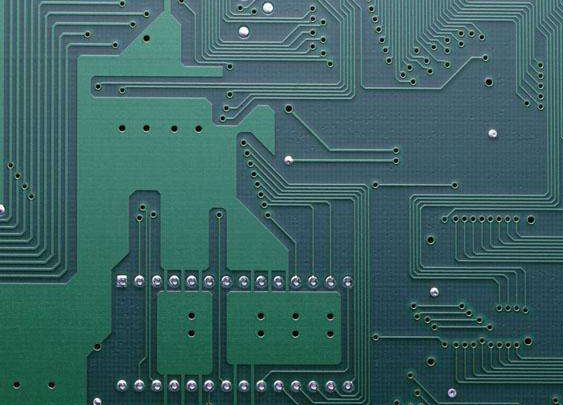Various problems may be encountered in the PCB proofing process. As a PCB proofing manufacturer, you need to pay attention to various situations in the PCB proofing process:

1) The distance from the edge of the pad hole to the edge of the PCB board for PCB proofing is greater than 1mm, which can avoid welding board defects during processing.
The precautions for PCB proofing are as follows:
1) The distance from the edge of the pad hole to the edge of the PCB board for PCB proofing is greater than 1mm, which can avoid welding board defects during processing.
2) The pad is torn. When the copper film line connected to the pad is thin, the connection between the pad and the copper film line should be designed as a teardrop, so that the pad is not easy to peel off, and the copper film line and the connection between the The wires are not easily disconnected.
3) Adjacent pads should avoid sharp corners.
Large area filling The purpose of large area filling on the PCB is two, one is to dissipate heat, the other is to reduce shielding interference, PCB proofing to avoid the heat generated, so that the gas generated by the circuit board is discharged and the copper film is peeled off. Filling on a large area of the window, the latter makes the filling a mesh.
The use of copper can also achieve the purpose of anti-interference, copper can automatically bypass the pad and can be connected to the ground.
PCB board cross wiring In the design of single-sided PCB board, when some copper films cannot be connected, the usual method is to use cross wiring. The length of the cross wiring should be selected as follows: 6mm, 8mm and 10mm.
PCB board high frequency wiring
To make the design of the high-frequency PCB board more reasonable and the anti-interference performance better, the following aspects should be considered in the PCB board design:
1) Reasonably choose the number of layers for PCB proofing
Using the middle inner plane as the power and ground layer, it can play a shielding role, effectively reduce parasitic inductance, shorten the length of signal lines, and reduce cross-interference between signals. Generally speaking, the noise of a four-layer board is 20dB lower than that of a two-layer board.
2) PCB proofing walking line mode
The wiring must be rotated at an angle of 45°, which can reduce the emission of high-frequency signals and mutual coupling.
3) PCB proofing wiring length
The shorter the line length, the better, and the shorter the parallel distance between the two lines, the better.
4) Number of holes
The fewer holes the better.
5) Interlayer wiring direction
When PCB proofing, the wiring direction between layers should be vertical, that is, the top layer is the horizontal direction, and the bottom is the vertical direction, which can reduce the interference between signals.
6) Copper coating
Adding a grounded copper coating can reduce interference between signals.
7) Place of parcel
The grouping processing of important signal lines for PCB proofing can significantly improve the anti-interference ability of the signal. Of course, the interference source can be wrapped so that it will not interfere with other signals.
8) Signal cable
The signal wiring cannot be looped and needs to be wired according to the daisy chain mode. Shenzhen is the city that produces the most PCB circuit boards in China. What are the Shenzhen PCB proofing companies?
9) Decoupling capacitor
The cross decoupling capacitor is connected to the power supply terminal of the integrated circuit.
10) High-frequency choke digital, analog and other connections are connected to the common ground wire to the high-frequency choke device, and the PCB proofing is generally through the center hole of the high-frequency ferrite bead and the wire.